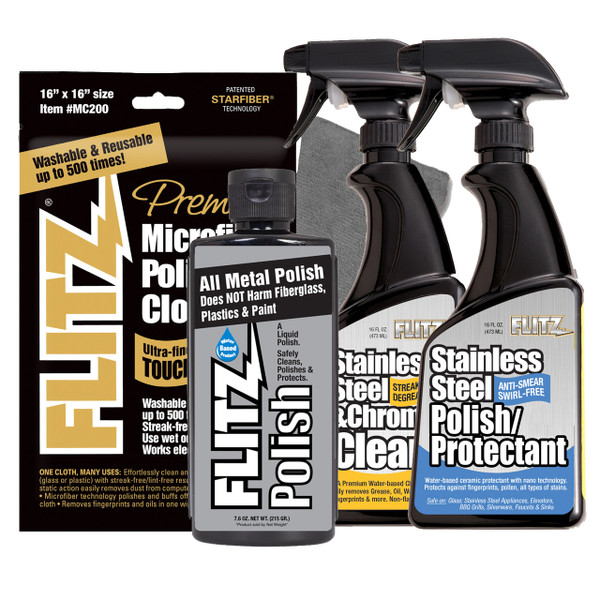
Outdoor wood stoves are a popular choice for heating homes and outdoor spaces efficiently. To get the most out of your outdoor wood stove, it's important to understand how to maximize its efficiency. This guide will provide you with tips and tricks to help you make the most of your outdoor wood stove and keep your space warm and cozy.
Choosing the Right Location
One of the key factors in maximizing the efficiency of your outdoor wood stove is choosing the right location for installation. Here are some tips to help you select the best spot:
- Place the stove away from any combustible materials to reduce the risk of fire. If you want to purchase the best outside wood stove, you can check this out.
- Consider the direction of prevailing winds to avoid smoke blowing back into your home.
- Select a spot that provides good airflow to allow the stove to burn efficiently.
- Make sure the location is easily accessible for loading wood and cleaning the stove.
Properly Seasoning Wood
Using properly seasoned wood is essential for maximizing the efficiency of your outdoor wood stove. Wet or green wood can create excess smoke and creosote buildup, reducing the stove's efficiency and posing a fire hazard. Follow these tips to ensure you are using seasoned wood:
- Store wood in a dry, covered area for at least six months before burning.
- Use a moisture meter to test the wood; it should have a moisture content of 20% or less.
- Avoid burning painted, treated, or wet wood as they can release harmful chemicals into the air.
Optimizing Airflow
Proper airflow is crucial for efficient combustion in your outdoor wood stove. Here are some tips to help you optimize airflow and maximize efficiency:
- Adjust the dampers on your stove to control the amount of air entering the firebox.
- Keep the air intake vents clean and free of ash to ensure proper airflow.
- Avoid overloading the stove with wood, as this can restrict airflow and reduce efficiency.
- Regularly check the chimney for obstructions that could hinder airflow and cause smoke backup.
Maintaining Your Outdoor Wood Stove
Regular maintenance is essential for ensuring the efficiency and longevity of your outdoor wood stove. Follow these maintenance tips to keep your stove in top condition:
- Clean the firebox and ash pan regularly to remove ash buildup and maintain proper airflow.
- Inspect the gaskets and seals on the door for wear and tear; replace them if necessary to prevent heat loss.
- Check the chimney for creosote buildup and clean it annually to reduce the risk of chimney fires.
- Perform a visual inspection of the stove for any signs of damage or rust that may affect its performance.
Using a Heat Exchanger
Installing a heat exchanger can further increase the efficiency of your outdoor wood stove by capturing and transferring heat that would otherwise be lost through the chimney. Here's how a heat exchanger can help maximize efficiency:
- A heat exchanger extracts heat from the stove's exhaust gases and transfers it to water, which can then be circulated to heat your home or outdoor space.
- This process can help you reduce your heating costs by utilizing more of the heat produced by the stove.
- Consider purchasing a heat exchanger kit or consulting a professional to install one for optimal efficiency.
Conclusion
By following the tips outlined in this ultimate guide, you can maximize the efficiency of your outdoor wood stove and enjoy a warm and comfortable space throughout the colder months. From choosing the right location to using seasoned wood and optimizing airflow, these strategies will help you get the most out of your stove while reducing energy costs and environmental impact. Stay warm and cozy with your outdoor wood stove this winter!






